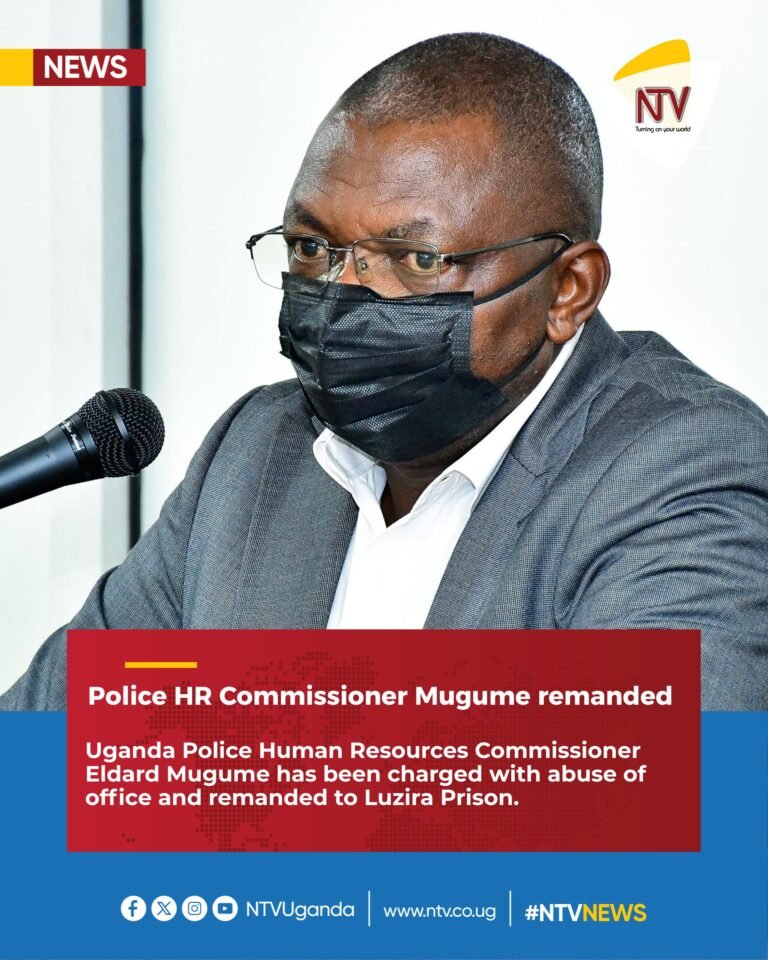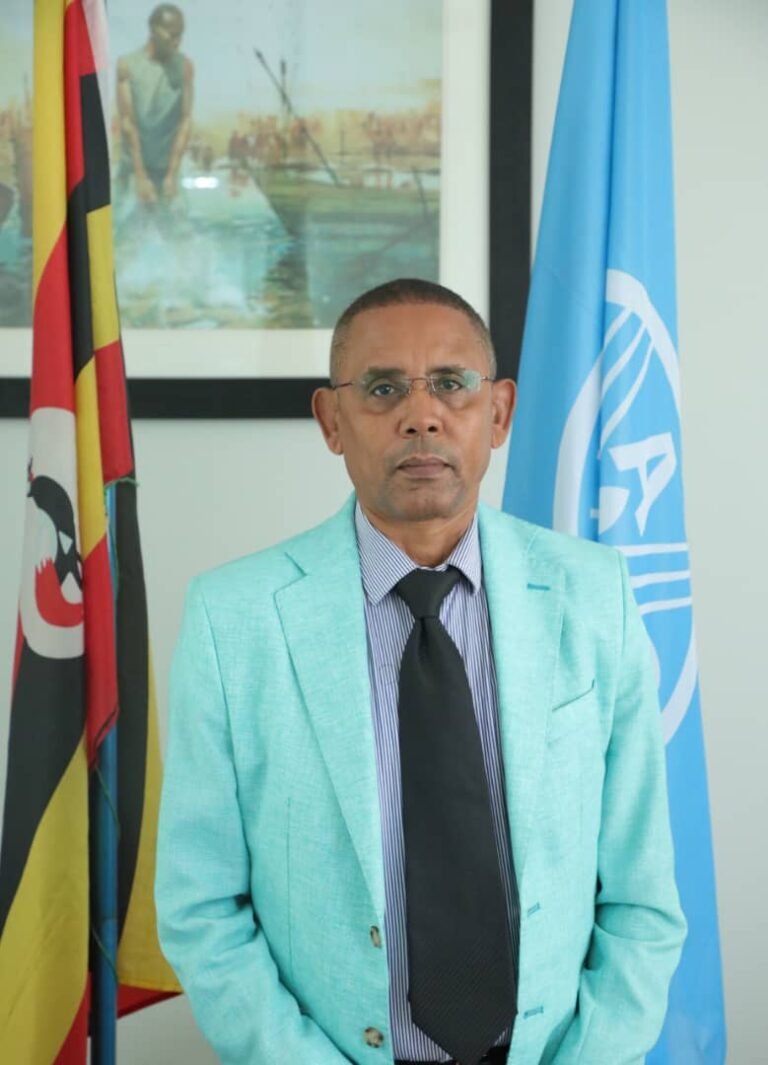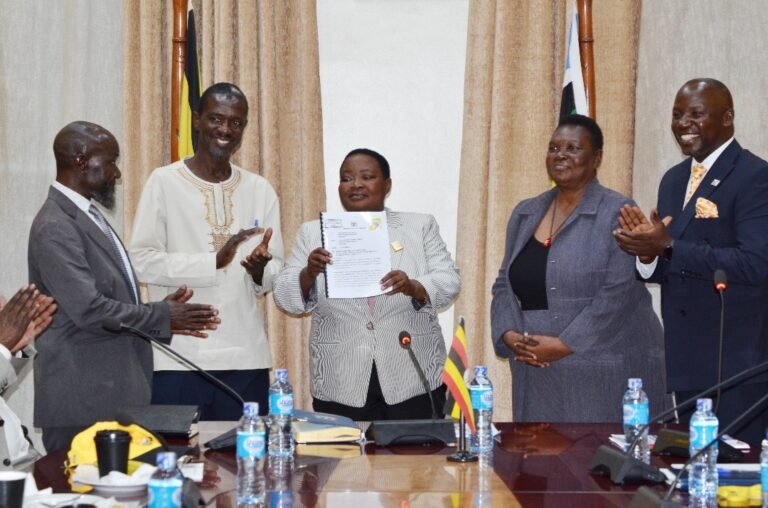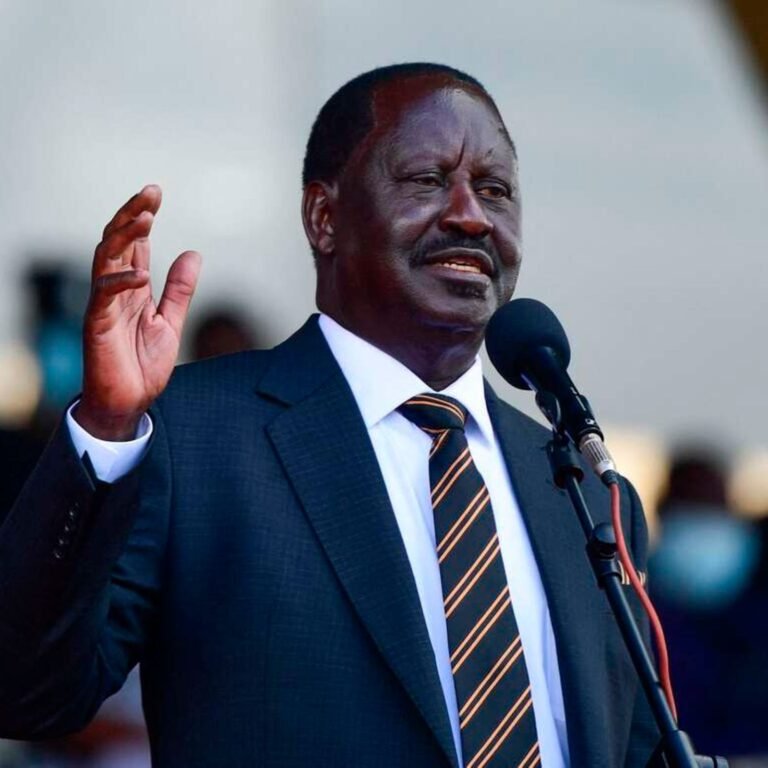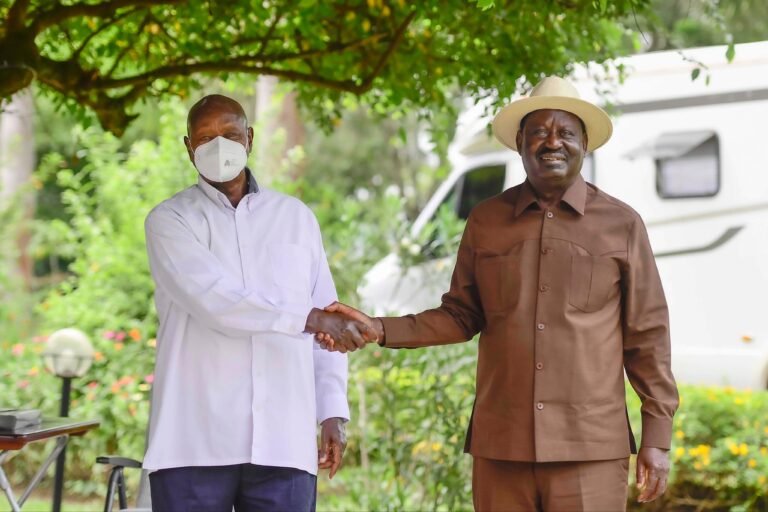
Uganda’s 2020 desert locust invasion saw the government and development partners mobilize an estimated UGX 250 billion for control and recovery efforts — a level of expenditure that critics now describe as excessive and tainted by corruption.
In February 2020, the government released UGX 15 billion from the Contingency Fund to purchase chemicals, deploy troops, and hire aircraft for both aerial and ground spraying. However, by May 2020, expenditure had already risen to about UGX 20 billion.
The World Bank stepped in with a USD 48 million loan (about UGX 181 billion) to bolster Uganda’s emergency locust response. Additional contributions included a USD 3 million donation from the Russian Federation for locust control and livelihood recovery, and USD 11 million worth of equipment and supplies from the UN’s Food and Agriculture Organization (FAO) and development partners.
In total, these contributions amounted to about UGX 250 billion — an unprecedented sum for a pest control operation. Civil society voices have questioned how such a vast pool of funds was managed, with many calling for investigations into alleged misuse by officials in charge.
To date, no minister or senior official has been prosecuted over the handling of the locust funds, fueling public anger and demands for accountability.




